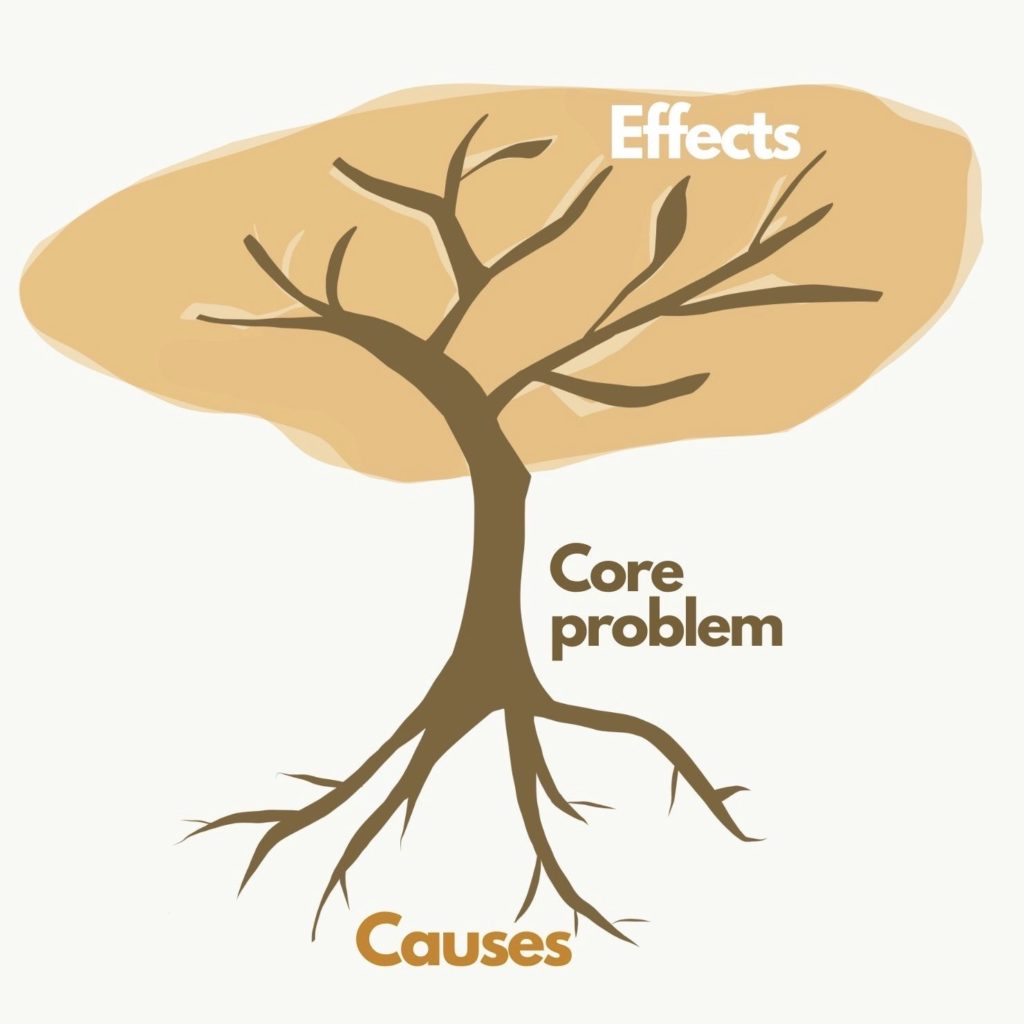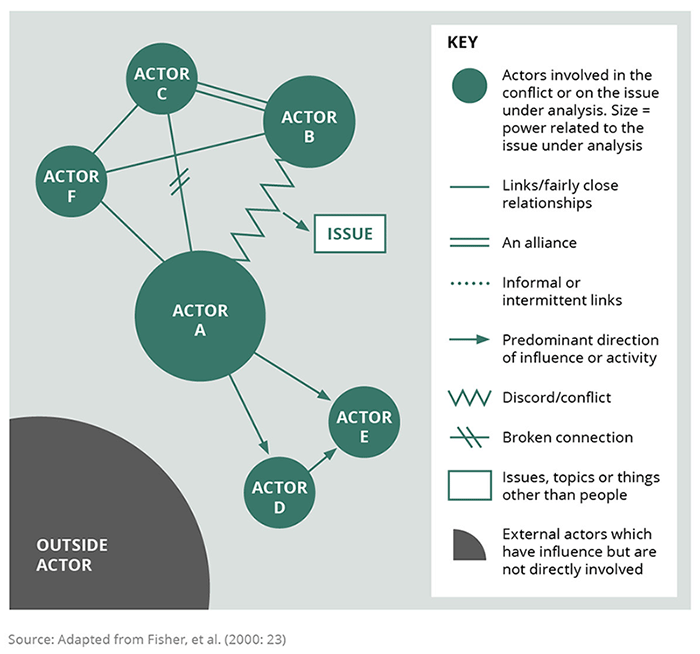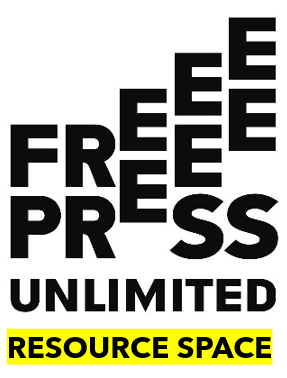Enabling environment
Educating and training journalists in conflict areas can help professionals to be better prepared for conflict. First aid and hostile environment training are important parts of preparing. Moreover, conflict journalists need to learn how to broaden the scope of their coverage in terms of segments, credible sources, and more. Essentials tools such as guidelines, ethical charters, and building a journalism spirit can help to ground the basis for good conflict reporting. They should learn how to avoid mixing objectivity and facts, condemn violence on all sides, and always verify the accuracy of their sources. Such training could result in a great improvement on both sides of the writer and reader, such as educating the population.
While international journalists are often heavily equipped and protected, local journalists usually do not have the means to protect themselves sufficiently. One of the objectives of every safety strategy should be providing safety training for local journalists and developing international norms for safety training and equipment.
For more information on enabling environment
Conflict Sensitive Reporting (CSR)
Training courses on conflict-sensitive reporting in many countries in recent years has found that while this topic is critical, there is usually a lack of ideas on how to report conflict sensitively under difficult circumstances. All too often, the media are part of the conflicts and not part of their resolution. Consciously or unconsciously, intentionally or not, they exacerbate conflicts. The aim of CSR is to facilitate understanding, engagement, and action among society’s real problem-solvers: the people and its many segments. It is based on four main values: truth-seeking, active accuracy, a focus on relevance, and good writing — and recognises access to information, freedom of expression, and the safety and security of its practitioners as requisites.
Training for CSR emphasises aspects about reporting in conflicts such as the importance of safety and privacy, the consequences of your work, how to not increase stigmatisation and discrimination, acknowledge that all parties should have a say, help whenever you can but do not promise what is beyond your control etc.…
Tools – conflict tree and conflict mapping
The flawed conflict reporting mainly stems from the habit of many journalists to reproduce statements from the conflict parties (politicians, militias, leaders) instead of digging deeper. The result is that in the media, the conflict looks the way its actors present it. The real causes often remain hidden and are not reported out of ignorance and sometimes, out of convenience.
Tools such as the conflict tree or conflict mapping can help journalists better understand the conflict and differentiate between causes and symptoms. More information.
When reporting on conflicts, journalists often focus on visible and current aspects of a conflict, such as violent clashes or protests. However, these events are often “symptoms.” They stand at the end of a chain of a prolonged process that may have received little attention from the media and the public. The conflict tree enables journalists to dig deeper and go beyond the visible parts of the conflict.
Conflict Tree
- Become aware of the dimensions of the conflict.
- Find ideas for new topics related to the conflict to report about, e. g how misinformation affects the coexistence between the refugees and the host community or to evaluate the impact of certain consequences on a conflict.
- Be able to evaluate the solutions discussed.

Conflict Mapping
- Visualise the actors present on the spot.
- Analyse the relationships between the actors in order to understand the conflict better.
- Find new potential or relevant angles to report about, e.g. the role of social media in spreading misinformation or what local organisations do in a specific context.

